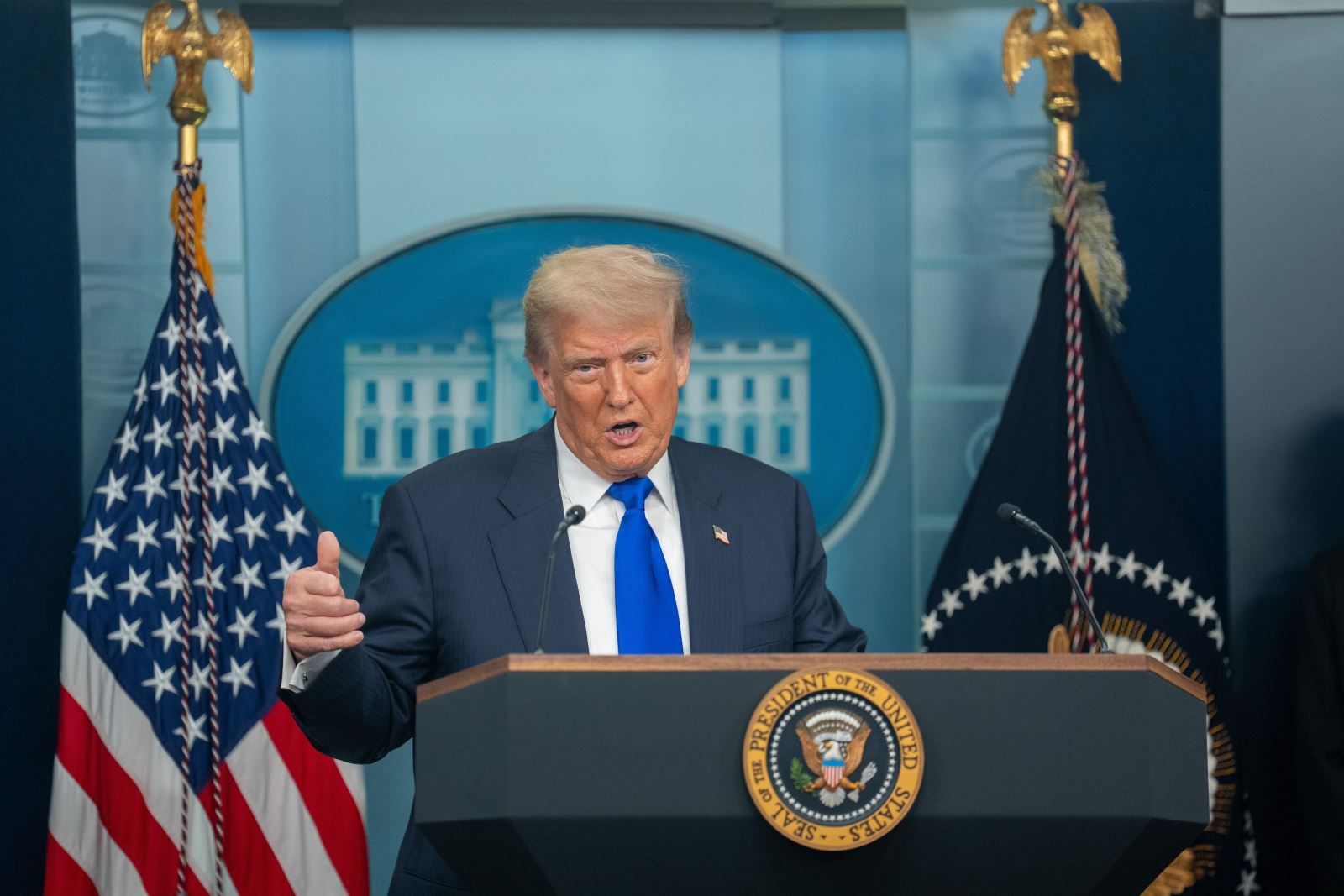
With a series of letters threatening to impose tariffs of up to 40%, President Trump is putting unprecedented pressure on trade partners – but also leaving the door open for final negotiations (in photo: US President Donald Trump speaks at a press conference at the White House). Photo: THX/TTXVN
US President Donald Trump once again stirred up the global trade chessboard on July 7, sending letters to leaders of several countries announcing the imposition of new tariffs. According to CNN, the move, widely publicized on Truth Social, represents a significant increase in pressure on US trading partners.
However, along with that, Mr. Trump also "cooled down" the tension by signing an executive action to extend the application date for all "reciprocal" tariffs, except for China, until August 1. This brings a precious quiet for the affected countries to seek a diplomatic solution.
Tax rates increase, list of countries gets longer
These “reciprocal” tariffs were originally scheduled to take effect on July 9. However, the extension has opened the door for countries to negotiate further agreements. In some cases, the letters show the new tariffs are higher or lower than those announced in April.
Japanese Prime Minister Shigeru Ishiba and South Korean President Lee Jae-myung were the first to receive Trump’s letters, with 25% tariffs set to take effect on August 1. Just two hours later, Trump announced similar letters had been sent to Malaysia, Kazakhstan, South Africa, Myanmar and Laos, announcing new tariffs of up to 40%. Later in the day, he posted seven new letters to the leaders of Tunisia, Bosnia and Herzegovina (with a 30% tariff), Indonesia, Bangladesh, Serbia, Cambodia and Thailand, bringing the total number of countries receiving letters on July 7 to 14.
In the letters, President Trump highlighted his particular concern about the trade deficits the United States has with these countries, meaning the United States imports more goods than it exports. He also said the tariffs would be imposed in response to policies that he said are preventing American goods from being sold abroad. President Trump also encouraged foreign leaders to manufacture goods in the United States to avoid tariffs.
Notably, in all 14 letters, Trump threatened to raise tariffs even higher than the ones already listed if a country retaliated against the US with its own tariffs. A White House official confirmed that these tariffs would be “separate from all sectoral tariffs,” meaning they would not be applied on top of existing or future specific tariffs, such as the current 25% auto tariff.
EU: A surprising exception
Despite the many trade concerns President Trump has stated he has with the European Union (EU) — which has repeatedly threatened to raise tariffs — the trade bloc appears to have yet to receive a letter from the US leader. “We will not comment on letters that we have not received,” Olof Gill, a spokesman for the European Commission, told reporters on the afternoon of July 7.
“My understanding is that we can now expect an extension of the current status quo until 1 August to allow more time for the EU and the US to reach a mutually beneficial agreement in principle,” Irish Foreign Affairs and Trade Minister Simon Harris said in a statement, suggesting the EU could be in separate negotiations or be given special concessions.
Last year, the United States bought a total of $465 billion in goods from the 14 countries that received the July 7 letter, according to the U.S. Commerce Department. Japan and South Korea, the sixth and seventh largest trading partners of the United States, accounted for 60 percent of that, with a combined value of goods shipped to the United States of $280 billion last year.
The prospect of higher tariffs on goods could lead to higher prices for American consumers. For example, among the top items the U.S. imports from South Korea and Japan are cars, auto parts, semiconductors, pharmaceuticals and machinery.
While other countries ship fewer goods to the U.S. than Japan and South Korea, they are in many cases among the top sources of foreign goods. For example, South Africa, which would face a 30% tariff, accounted for nearly half of the platinum the U.S. imported from other countries last year and was the top foreign supplier.
Malaysia, which will be hit with a 24% tariff (up from the 25% Trump announced in April), was the second-largest source of semiconductors to the US last year, buying $18 billion worth of US goods. Meanwhile, Bangladesh, Indonesia and Cambodia are leading manufacturing hubs for apparel and accessories, with President Trump’s letter to the Cambodian prime minister threatening a 36% tariff.
President Trump’s new moves are not just a negotiating strategy, but also an attempt to rebalance the trade balance that he believes is unfavorable to the United States. The question now is: Will the extension be enough for the affected countries to find a solution, or is it just a prelude to a more comprehensive trade war?
Vu Thanh/News and Ethnic Newspaper
Source: https://baotintuc.vn/the-gioi/tong-thong-trump-gui-toi-after-tax-tax-quan-buoc-mo-cho-dam-phan-hay-khoi-dau-cuoc-chien-thuong-mai-moi-20250708073921083.htm




![[Photo] Images of the State-level preliminary rehearsal of the military parade at Ba Dinh Square](https://vphoto.vietnam.vn/thumb/1200x675/vietnam/resource/IMAGE/2025/8/27/807e4479c81f408ca16b916ba381b667)
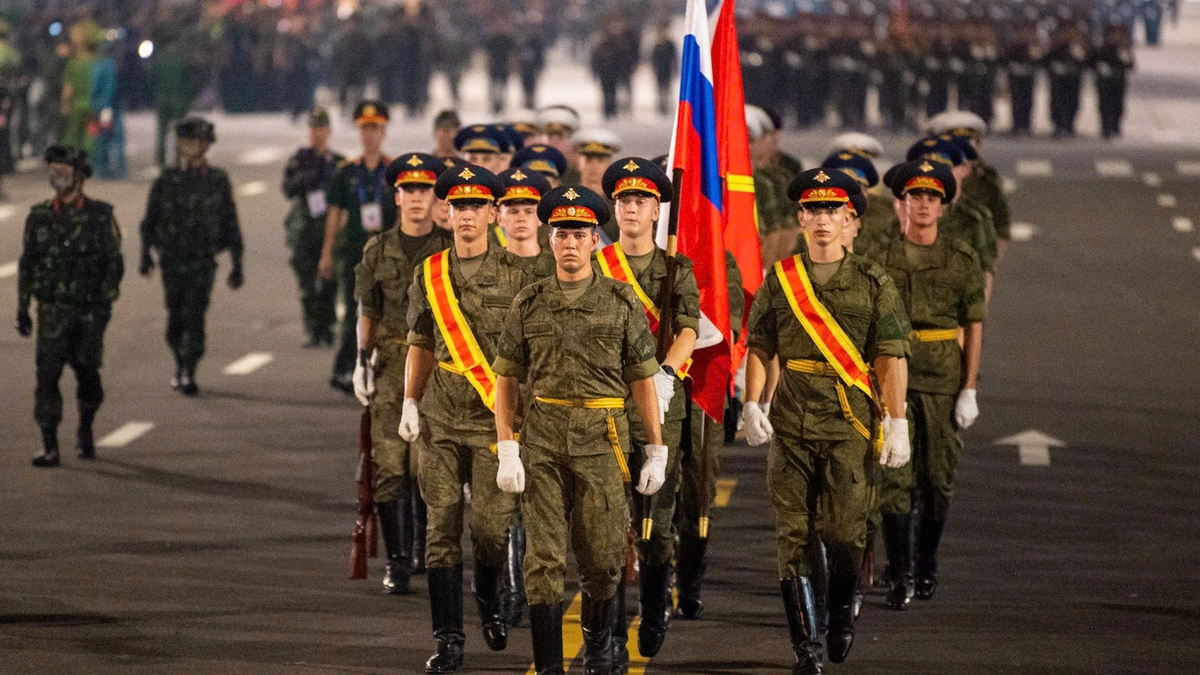
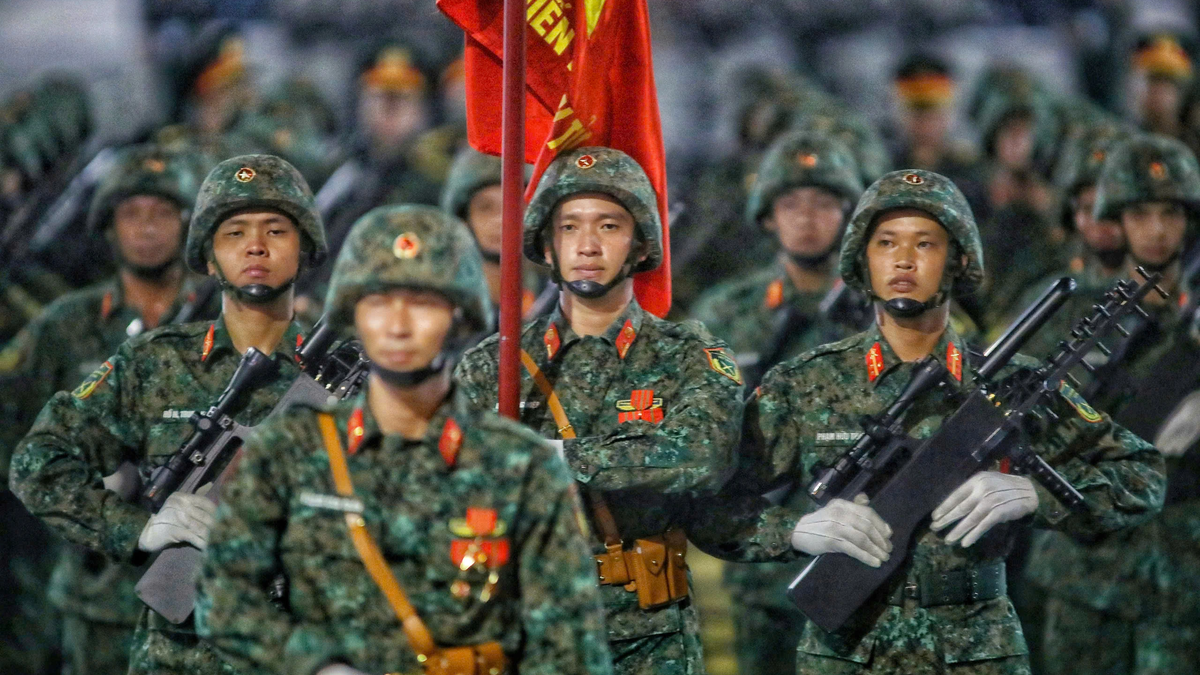
![[Photo] Parade blocks pass through Hang Khay-Trang Tien during the preliminary rehearsal](https://vphoto.vietnam.vn/thumb/1200x675/vietnam/resource/IMAGE/2025/8/27/456962fff72d40269327ac1d01426969)
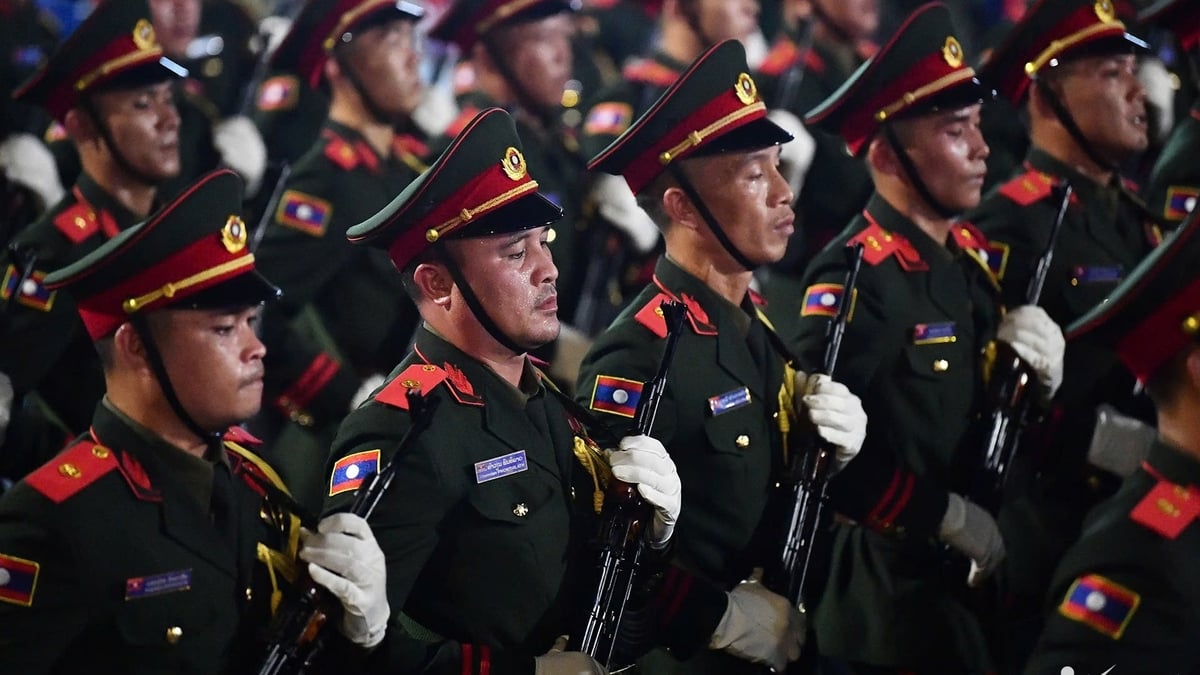
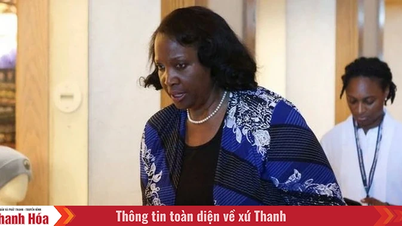



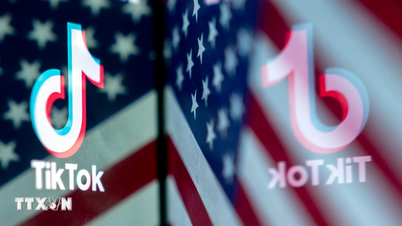

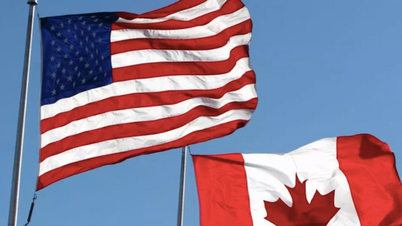

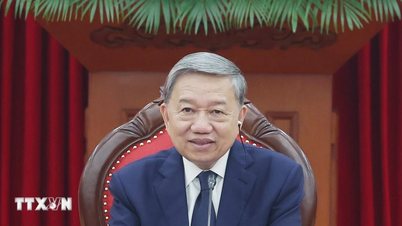

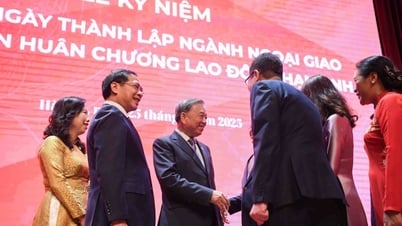

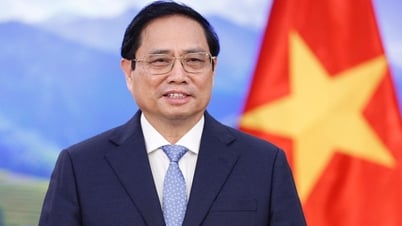


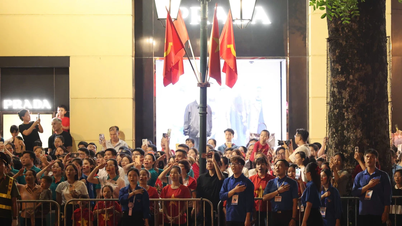
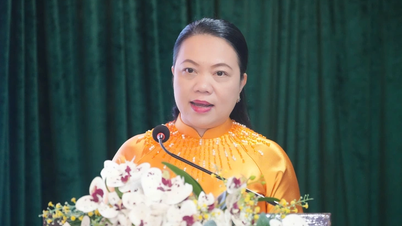
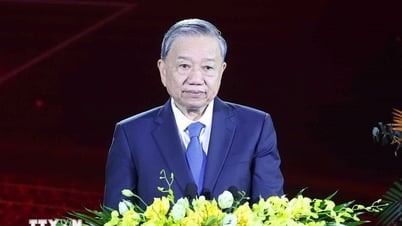




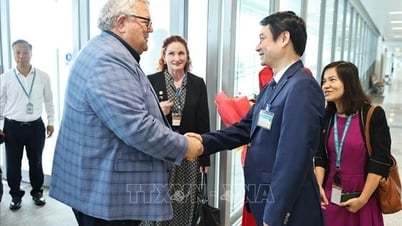
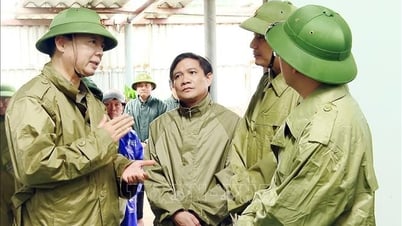

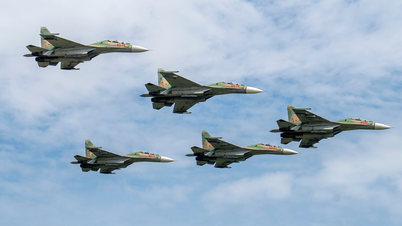






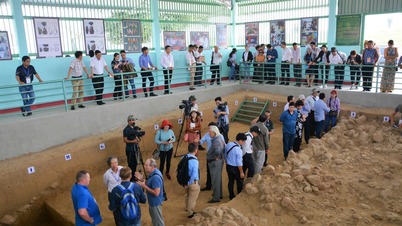





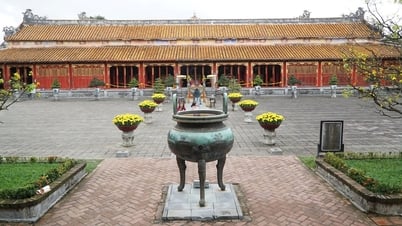














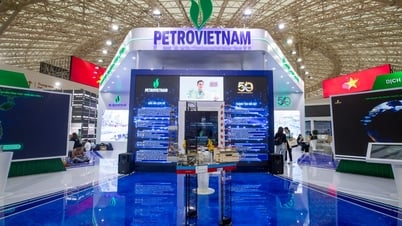

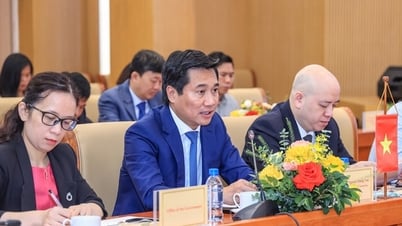

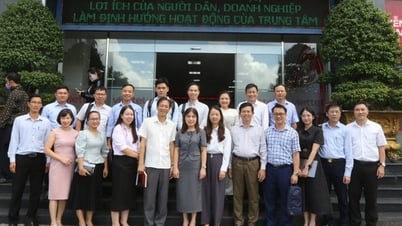



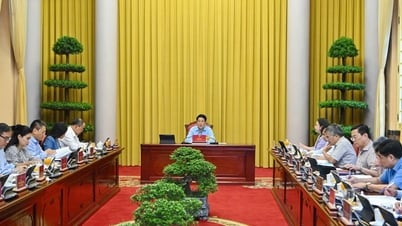


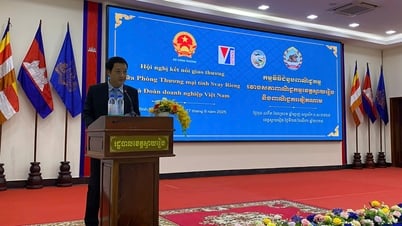

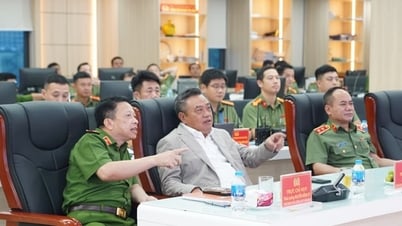

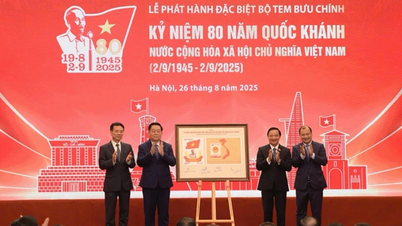






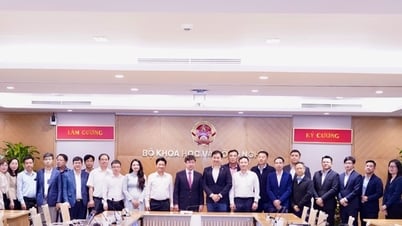














Comment (0)